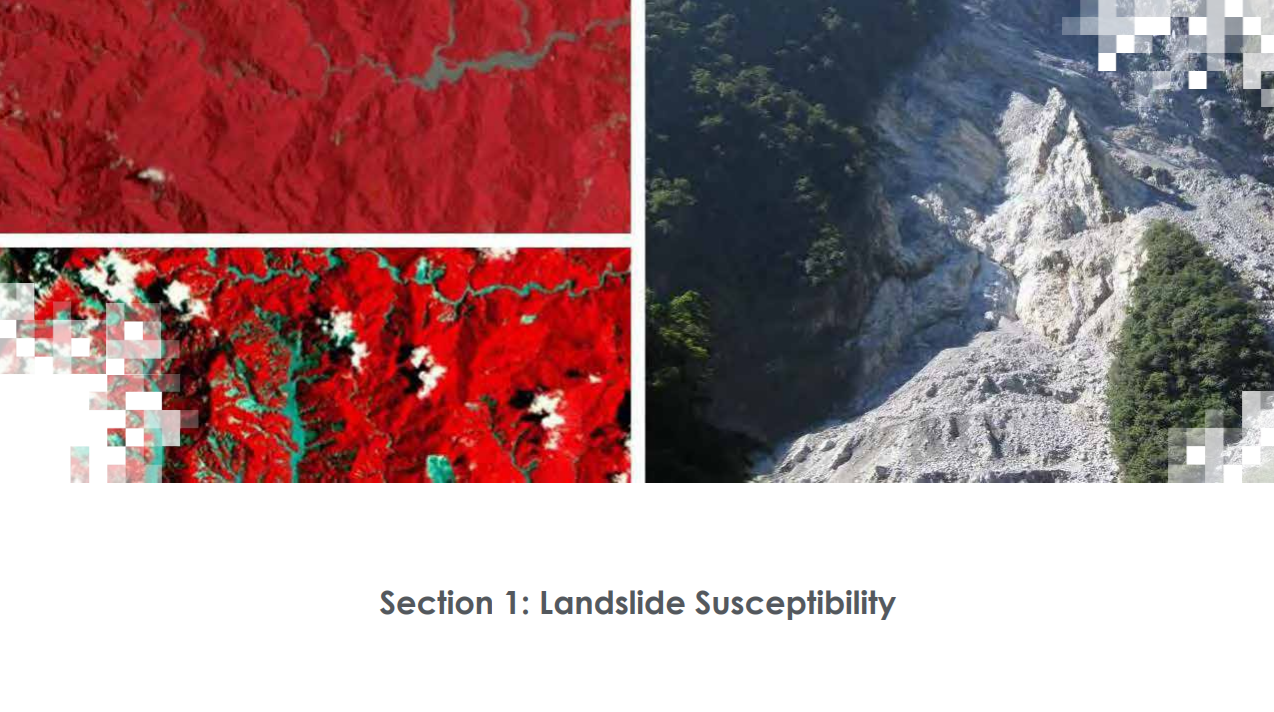EO Capability Benefits
Earth Observation (EO) technologies enable effective landslide management through the creation of landslide inventories, susceptibility assessments, and near real-time monitoring. They facilitate the rapid detection of unstable areas, monitor the temporal evolution of landslides, and contribute to emergency response efforts. Following a landslide, EO data supports the delineation and ongoing monitoring of affected areas, aiding effective recovery and future risk management.
EO Capability Description
Landslides are downslope movements of rock, soil, or debris, triggered by geophysical or hydro-meteorological events such as extreme or prolonged rainfall, earthquakes, volcanic eruptions, rapid snowmelt, and anthropogenic activities (e.g. slope undercutting or construction). They are frequent natural hazards that occur globally and can cause significant disruptions, damage, and loss of life—particularly in hilly regions with high vulnerability and limited preparedness.
Innovations such as advanced Synthetic Aperture Radar (SAR) techniques, including SBAS (Small Baseline Subset), PSI (Persistent Scatterer Interferometry), and time-series offset tracking (image correlation), offer unprecedented accuracy in mapping, monitoring, and modelling landslides. These technologies contribute valuable data to early warning systems and disaster recovery efforts.
EO-based landslide products strengthen disaster risk reduction (DRR) by improving the accuracy of risk predictions, enhancing preparedness, and informing mitigation measures.


